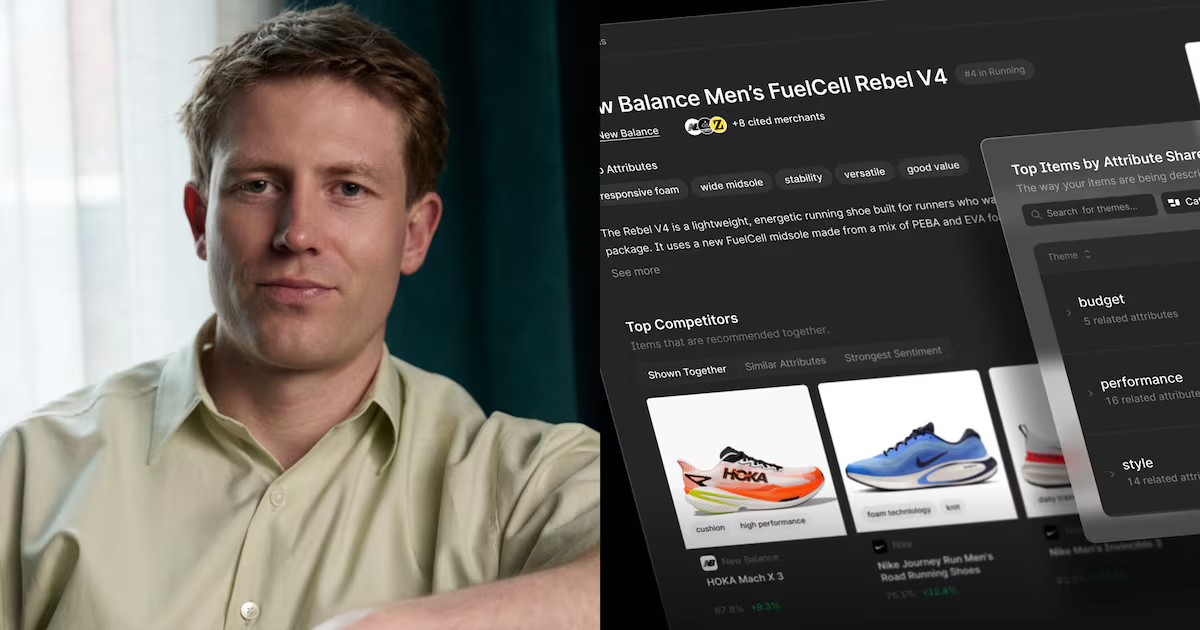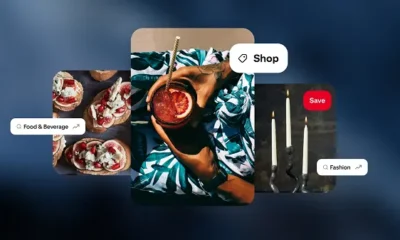MARKETING
Top 6 Video Marketing Metrics Your Boss Actually Cares About

Conventional wisdom tells us that views, especially three-seconds ones, are a vanity metric. But Facebook tracks them for a good reason.
In 2016, they analyzed their users’ video consumption data and discovered that 45% of people who watch the first three seconds of a video will keep watching it for at least 30 seconds.
Facebook’s study suggests that views are a good indicator of how well your video’s hook performed. But view count, as a metric, also has drawbacks, like not being able to tell you who your audience is or whether your video resonates with them.
That’s why we created this list of video marketing metrics that shed light on the things your boss actually cares about — like how much your audience engages with your video, conversion rates, and how video affects your website’s performance.
Which Metrics are Brands Tracking?
We surveyed over 500 global video marketers to find out what metrics they believe are important in measuring a video’s success. Each respondent could select more than once answer, and in our survey we found the following metrics were mentioned as being important:
- Engagement (60%)
- Conversion rate (56%)
- View count (53%)
- Click-through rate (52%)
- Follower/subscriber growth (52%)
- Average view duration (50%)

1. Engagement
Engagement is one of the most important factors in boosting your video’s organic reach — if a video resonates well with part of your audience, then it’ll likely resonate with the rest of it
Engagement provides marketers with valuable qualitative data too. Comments can show you the emotional effect your video had on your viewers. Do they seem inspired? Or are they angry you covered a controversial topic? This data can help you decide which video topics to focus on in the future.
Social shares can paint a clearer picture of your audience’s brand affinity and loyalty. This metric measures how much your audience values your content and brand. It also builds your brand’s credibility. Since people share content that confirms their ideal self-persona, people who share your video are willing to show their community that they trust and support your brand.
Social sharing is also one of the best forms of word-of-mouth marketing.
2. Conversion Rate
Your video’s conversion rate measures how well your video persuaded viewers to convert into a lead or a customer. You should test whether videos increase or decrease your landing or product pages’ conversion rates. If they do, this means video does a better job of conveying information and evoking excitement in your prospects than text does.
3. View Count
One would think that a view is counted anytime your video is watched on any device, but different platforms have different ways of measuring view counts. For example, YouTube counts a view if the platform confirms the video was played by a human on one device.
This means someone can’t refresh their page multiple times to raise their view count.
On TikTok, however, the moment your video starts to play, it’s counted as a view. No confirmation necessary.
38% video marketers reported their video content averages under 10,000 views, while 16% said their videos average under 1,000 views —according to our survey. We also found 84% average under 100,000 views per video.
4. Click-Through Rate
Click-through rate measures how well your video encourages viewers to take a desired action. If your CTR is low, consider altering the placement of your call-to-action in your video. Audience retention graphs show that most people don’t watch videos all the way through, so you could place your CTA at the beginning or middle of your video. Or you could also make your video more engaging so more viewers reach the CTA at the end of your video.
Leaving your CTA at the end could produce more clicks than moving it to the middle or beginning because viewers who watch your video all the way through are more likely to take action than someone who just clicked play.
5. Follower/Subscriber Growth
Follower/subscriber growth can be an excellent measure of a video’s performance because it shows that your video is reaching new audiences and attracting people to your brand. You can also see what kind of audience your video attracts, which can help you create a buyer persona and create more quality content that is tailored to your audience.
6. Average view duration
Average view duration is the total watch time of your video divided by the total number of video plays, including replays. It measures how long your viewers watch your video, on average. Average view duration is a powerful metric because it reveals your audience’s video length preference. For instance, if your 45 second videos keep getting a 30 second average view duration, you might want to cut those videos down by 15 seconds.
Benchmarks for Video Marketing
Different kinds of videos have different benchmarks. Here are a few video types and the benchmarks we found associated with them:
Short-Form Videos
Short-form videos lead in usage by 58% and have the highest ROI, lead generation, and engagement, according to our survey. With the rise of short-form video tools and platforms like Instagram Reels and TikTok, it’s not surprising short-form videos will be leveraged for the first time more than any format in 2022.
83% of marketers say the optimal length of a short-form marketing video is under 60 seconds. Our survey also shows 41% of short-form marketing videos have an average watch percentage between 61-80%, and almost half of short-form marketing videos have a CTR between 5-8%.
Long-form Videos
A long-form video is any video longer than three minutes. These videos rank second in terms of usage, ROI, lead generation, and engagement. Long-form videos will also be leveraged significantly by marketers for the first time in 2022 and are expected to see an increase in investment.
We found the optimal length for a long-form marketing video is three to six minutes. Our survey also showed 38% of long-form marketing videos have an average watch percentage between 41-60%, and 57% of long-form marketing videos have a CTR between 5-8%.
Live Video and Live Streams
35% of marketers plan to leverage live videos/live streams for the first time in 2022, and the optimal length of a live video/live stream is between four and nine minutes, according to 51% of video marketers. We also found 39% of live videos/live streams have an average watch percentage of 41-60%.
As video-sharing platforms see a surge in popularity, video marketing is only going to become more important to your brand’s success. Now that you know the metrics that most marketers — including your competitors — are measuring, you’ll be able to make sound decisions for your next video-marketing campaign.
















You must be logged in to post a comment Login